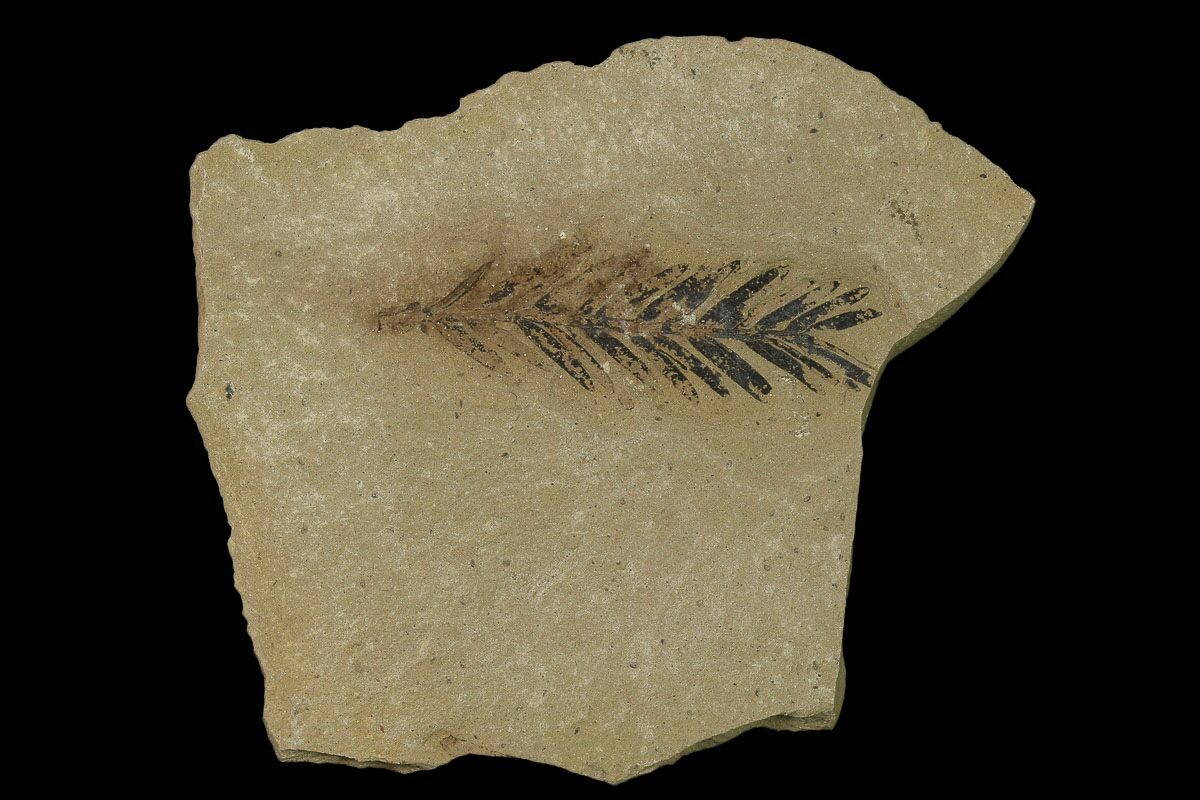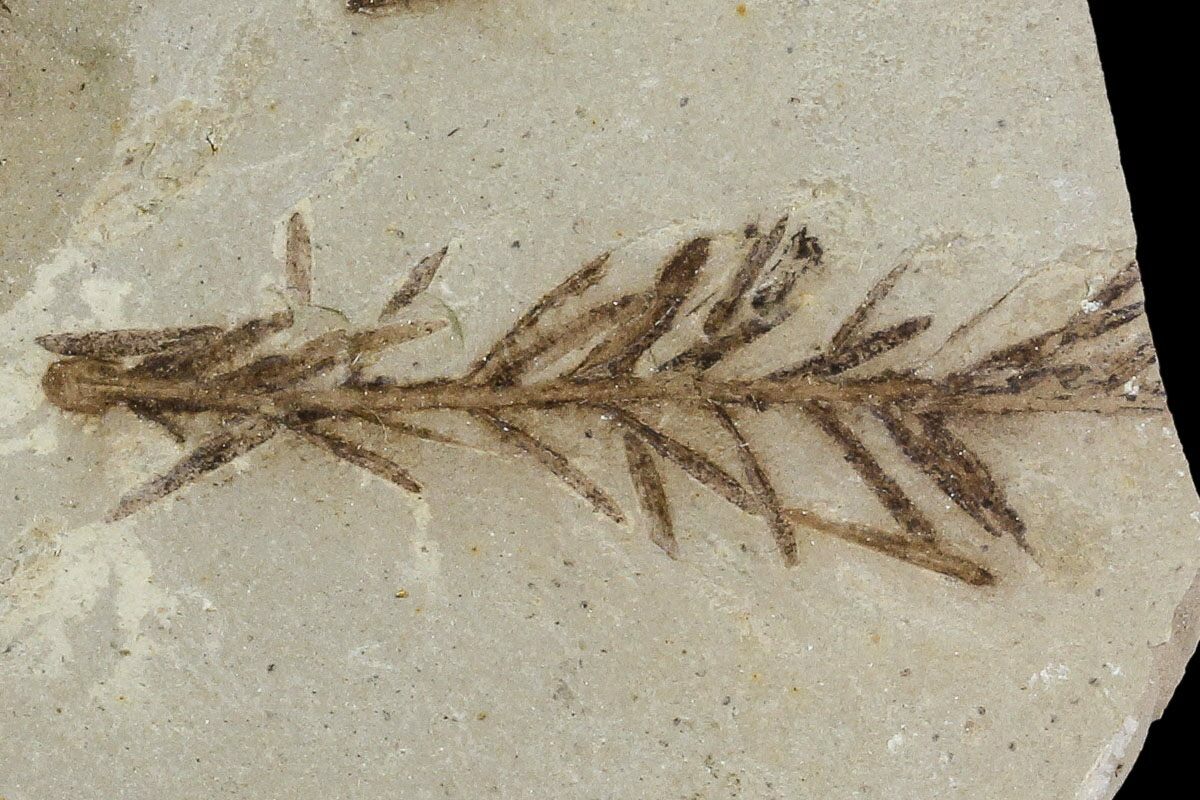
Chinese Academy of Sciences 135 program (XTBG-F01), Receiver: ZZK, URL: and 4. National Natural Science Foundation of China (NSFC, No. 973 programme of Ministry of Science and Technology of the People's Republic of China (2012CB821901), Receiver: ZZK, URL: 2. This is an open access article distributed under the terms of the Creative Commons Attribution License, which permits unrestricted use, distribution, and reproduction in any medium, provided the original author and source are creditedĭata Availability: All relevant data are within the paper and its Supporting Information files.įunding: The work was supported by the following: 1. Received: DecemAccepted: Published: July 8, 2015Ĭopyright: © 2015 Wang et al. PLoS ONE 10(7):Įditor: William Oki Wong, Institute of Botany, CHINA

Our results also indicated that from middle Miocene to Pleistocene, global CO 2 level decreased by more than 50 ppmv, which may suggest that CO 2 decrease and temperature decrease are coupled.Ĭitation: Wang Y, Momohara A, Wang L, Lebreton-Anberrée J, Zhou Z (2015) Evolutionary History of Atmospheric CO 2 during the Late Cenozoic from Fossilized Metasequoia Needles. According to former research, this is a time when global temperature decreased sharply.

According to this research, atmospheric CO 2 concentration was stabile around 330–350 ppmv in the middle and late Miocene, then it decreased to 278–284 ppmv during the Late Pliocene and to 277–279 ppmv during the Early Pleistocene, which was almost the same range as in preindustrial time.

Thus, based on the stomatal index of fossilized Metasequoia needles, we reconstructed a history of atmospheric CO 2 concentrations from middle Miocene to late Early Pleistocene when the climate changed dramatically. However, the lack of CO 2 evolution curves estimated from a single terrestrial proxy prevents the understanding of climatic and environmental impacts due to variations in data. The change in ancient atmospheric CO 2 concentrations provides important clues for understanding the relationship between the atmospheric CO 2 concentration and global temperature.


 0 kommentar(er)
0 kommentar(er)
